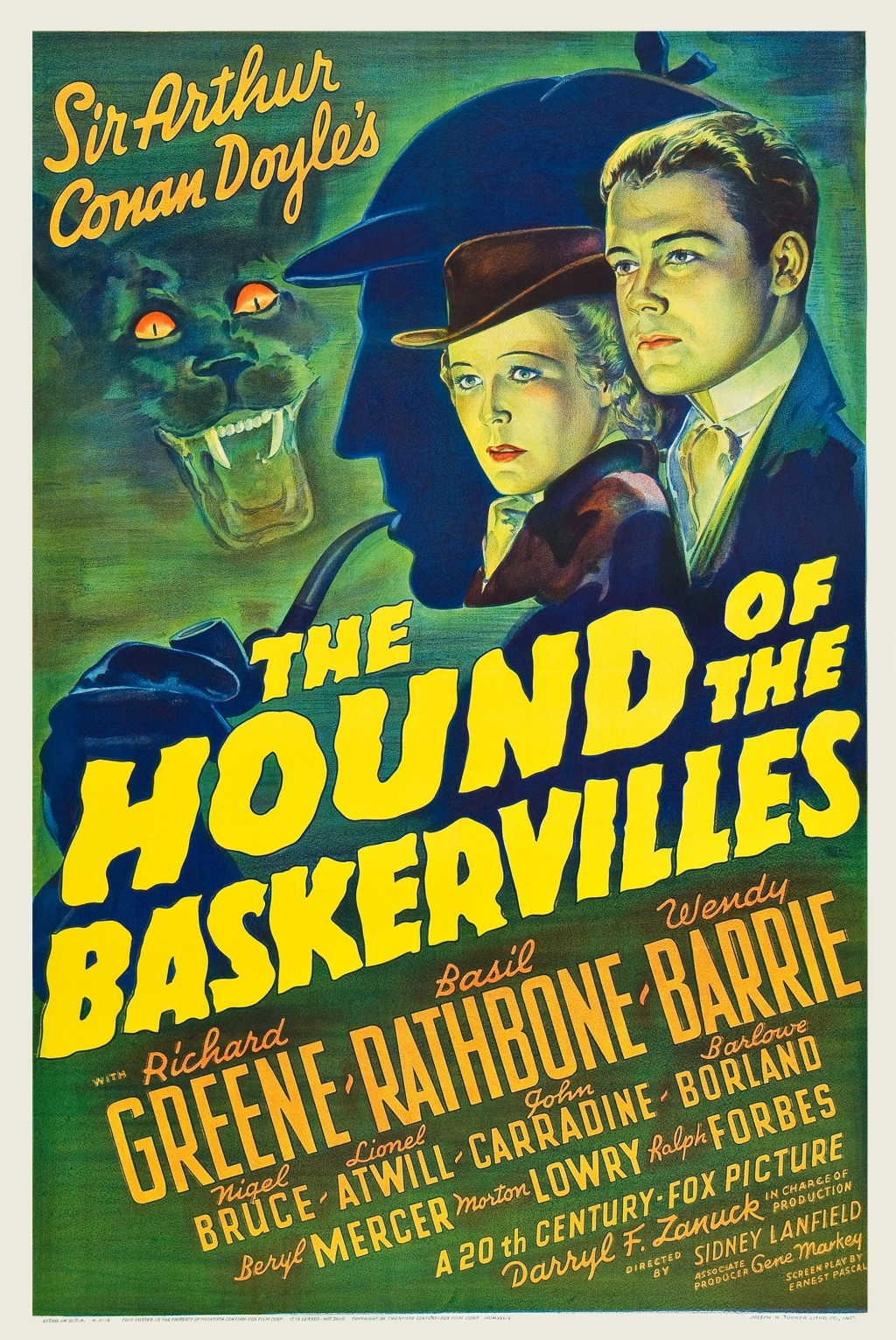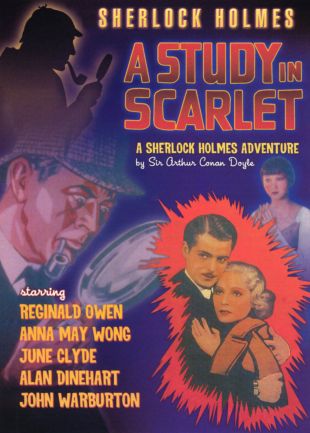It is about two months since I launched this weekly feature in which I look in depth at episodes of Columbo. Well, this post concludes the first season and so I plan on taking a short break from the good lieutenant’s adventures. I do plan on resuming after Summer with a look at the eight episodes from Season Two.
Oh, – just, one more thing… Tune in next weekend for a look at something quite different.
Episode Details
First broadcast on February 9, 1972
Season One, Episode Seven
Preceded by Short Fuse
Followed by Étude in Black (Season Two)
Story by William Kelley
Teleplay by Steven Bochco
Directed by Peter Falk
Key Guest Cast
Forrest Tucker appeared in multiple movies and television shows but would have been best known to viewers at the time for his role in F Troop.

The Verdict
A solid, if unexciting, finale to the first season. The idea behind the hiding place for the body is clever though.

My Thoughts
Elliot Markham is a shady property developer who has a plan to develop an enormous and very lucrative construction project. He is going to call it Williamson City after Bo Williamson, the Texan millionaire who will be funding it. The problem is that the arrangements have been made in his absence by his impressionable young wife and when Williamson arrives back in the United States he is furious about the deal, driving to the construction site to confront Markham.
Williamson tells Markham that he will not pay for the construction despite his protests that it is already too far advanced to stop. Set to lose a fortune and see his big project collapse Markham plots to murder Williamson and then hide the body to ensure that construction go ahead. Unfortunately for him, Williamson’s ex-wife contacts the Police to alert them to his disappearance and they send Lt. Columbo to investigate.
I have been really struck by the sheer variety of cases on offer in this first season of Columbo and Blueprint for Murder similarly presents us with a fresh variation on the murder mystery. In this case we have a murder without a corpse. Now, we have seen something along these lines in Dead Weight as Columbo begins that case before a body has surfaced but even there we had a witness to a crime, even if their account appeared hazy and didn’t give him much to go on. Here he has even less to go on.
That is not to say that there aren’t signs that things are wrong. In fact, one of the problems I have with this case is that some loose ends are left bafflingly open by our killer. Take for instance the various employees who witnessed the fight – all of whom quite willingly share those stories with Columbo. He may not be able to prove murder but he can certainly show that Markham isn’t telling the truth about how that confrontation ended, even if some of that information is very easily come by.
Still, I do appreciate that it is once again a little detail about the one piece of physical evidence he has – the abandoned car – that sets Columbo on the track to finding out that something is wrong. The observation that gets made proves absolutely nothing and yet seems so suggestive, particularly in the context of those things Columbo learns and observes at Markham’s office and the construction site.
Patrick O’Neal plays Markham as steely cool while showing an dismissive, elitist mindset. For instance, during the argument with Williamson he refers to him as a philistine for not wanting to invest in his project. Pretty standard for your Columbo villain but here it is used to contrast not only with the detective’s personality but also plays an important role in the plot.
I cannot say that I found the performance to be particularly memorable however. He gets no great witticism or moment where he might try to dominate Columbo, nor does he have a particularly interesting personality. While I may not have loved McDowall’s character in the previous story, he was at least entertaining. O’Neal is perfectly fine – just bland in a story that already felt a little lacking in personality.
Perhaps the one aspect of this episode that does feel bold is the characterization of Bo Williamson, portrayed by veteran actor Forrest Tucker. I think it would be fair to call this a performance as large as his almost comically wide hat and it certainly is not particularly subtle. I would also say that it provides us with another instance of May-December relationship in Columbo although perhaps the answer to what attracted Jennifer to multi-millionaire Bo Williamson is a little easier to answer than some others.
I would also add that while it is only a small part, Janis Paige does a good job portraying Goldie – Bo’s first wife. Her most memorable moment comes when Columbo first interviews her, finding her in a state of undress which predictably flusters him.
Perhaps the final thing to reflect on is that this story was directed by star Peter Falk. I will say that I am always curious when I see an actor step behind the camera to see how they handle that job. If I were to summarize his effort here, I would call it solid and workmanlike.
The sound design on the sequence in which we see the murder happen and the coverup orchestrated is perhaps the most impressive part of the episode. In terms of the camera, shots are relatively simple but tell the story effectively enough, making it easy to follow the action.
Falk’s focus falls more on the performers, leaving the camera on them to give them the time and space to act without any flashy camera tricks or establishing shots. I do think though that this feels more like an episode of television than any of the preceding episodes, each of which felt more like films – albeit ones created on a restricted budget.
Like every other aspect of this episode, it is solid enough to do the job but lacks anything truly special to make it stand out. It is not the worst episode of this first season of Columbo but where those sometimes failed in colorful ways, this story’s blandness makes it one I can’t imagine revisiting any time soon.




Leave a comment